“Early morning delivery” and “bullet delivery” are constant expectations among Korea’s urban households. Shoppers can place an order before midnight and have breakfast ingredients and other groceries at their doorstep before dawn. But there are downsides to such incredible convenience.
Years before pandemic, lockdown and food hoarding became intertwined, Korean city dwellers had already latched onto home delivery of groceries. The convenience of doing away with time-consuming trips to stores quickly persuaded households to try the new service. The introduction of predawn deliveries soon completed the transformation, and today, shoppers have their food orders assembled, packaged and delivered while they sleep. Now, with social distancing as a global watchword, grocery delivery is not only practical but essential.
Goodbye, Superstores
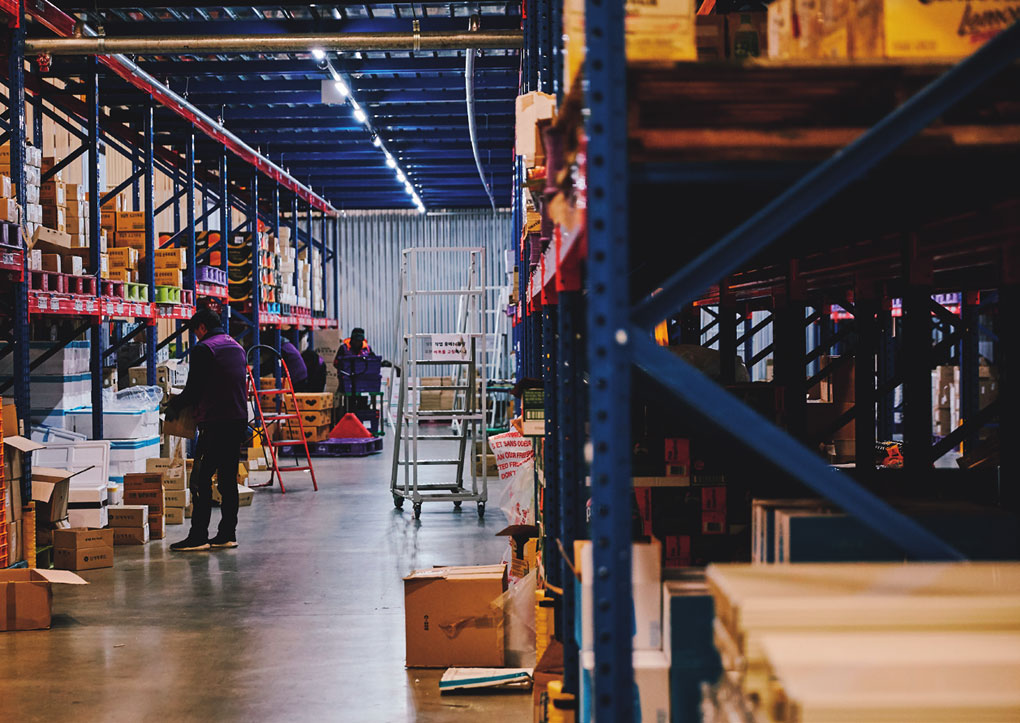
Workers toil around the clock to sort out orders and pack goods at a startup delivery company’s distribution center. © Market Kurly
In the past, grocery shoppers who made large purchases or bought bulky items could often, if not always, get them delivered. Then, in the 1990s, the advent of so-called superstores standardized the practice. In 2015, a local online shopping mall startup took the service to an even higher level with early morning deliveries. Now, families can buy breakfast ingredients the night before and have them outside their door in the morning. They just need to order before midnight to ensure delivery by 7 a.m. or even earlier. With careful packaging guaranteed by logistics companies, perishables (including fresh meat and dairy products), non-perishables and non-food items such as dish soap are safely brought to their door. In short, virtually anything on their shopping list which is carried by a supermarket is available.
It seems that once a household tries grocery delivery, it gets hooked. Home delivery has altered food shopping so much that scores of superstore branches have closed. Going to a large store was once a weekend ritual for many families; when Korea’s notoriously long working hours left little time for food purchases, shoppers loaded up their carts on the weekend with supplies for the whole week. But as home delivery steadily seeped into household routine, the long hours spent driving back and forth, navigating crowded parking garages and store aisles, and waiting in checkout lines became increasingly less necessary or appealing.
Logistics companies have rushed to grab a share of the new food shopping norm, offering “bullet-speed” door-to-door deliveries and expanding flash deliveries to other markets. Online shopping malls that receive a clothing order before 10 a.m. will make sure the purchase is at the customer’s door that afternoon. Beauty products bought online also get bullet delivery service. Pickup and delivery of laundry – dry-cleaned clothes, shoes, bags and even blankets – also are available. Cleaning, mending and ironing is done and the order is hanging from the customer’s doorknob in two days.
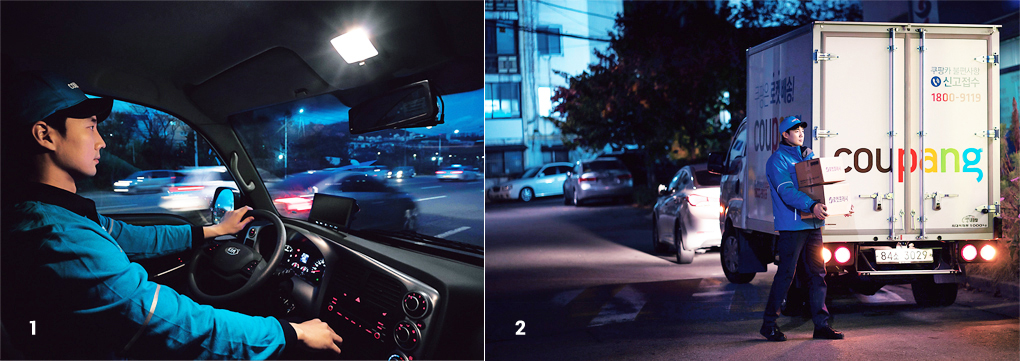
The issue of labor rights and working conditions for delivery personnel has now come into focus as a rising number of shoppers submit orders for predawn delivery of groceries and non-food items. © Coupang
When the early morning delivery service first came into our lives,the astonishing convenience of the service overshadowed the grim reality, and the problems caused by overpackaging were ignored. But the issue has now come into sharp focus. Some companies minimize packaging as much as possible and use recyclable materials.
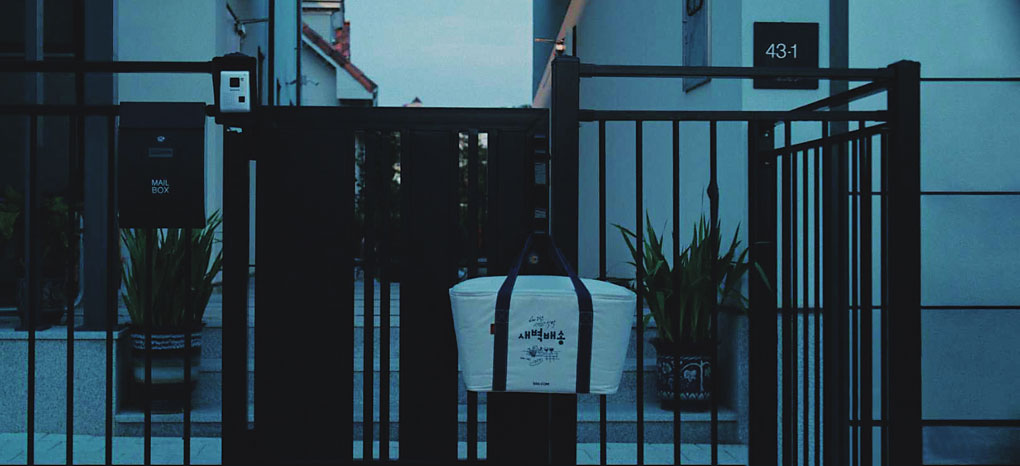
Since the outbreak of the COVID-19 pandemic, deliverymen increasingly leave packages on doorsteps or hang them around doorknobs to avoid face-to-face interaction with customers. © SSG.COM
Social Environs
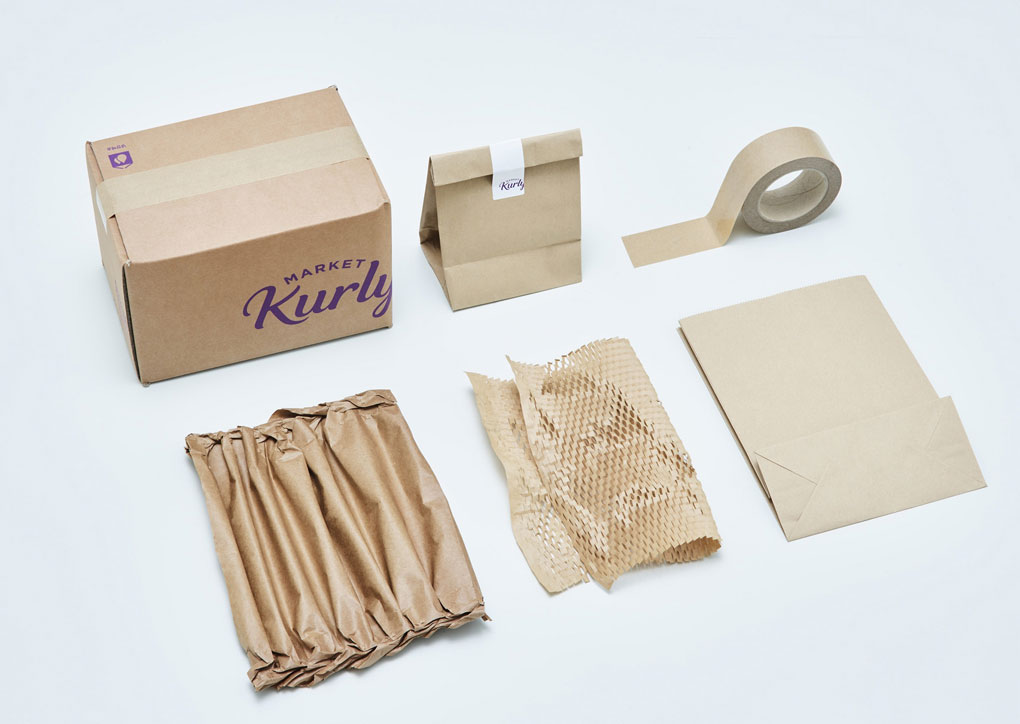
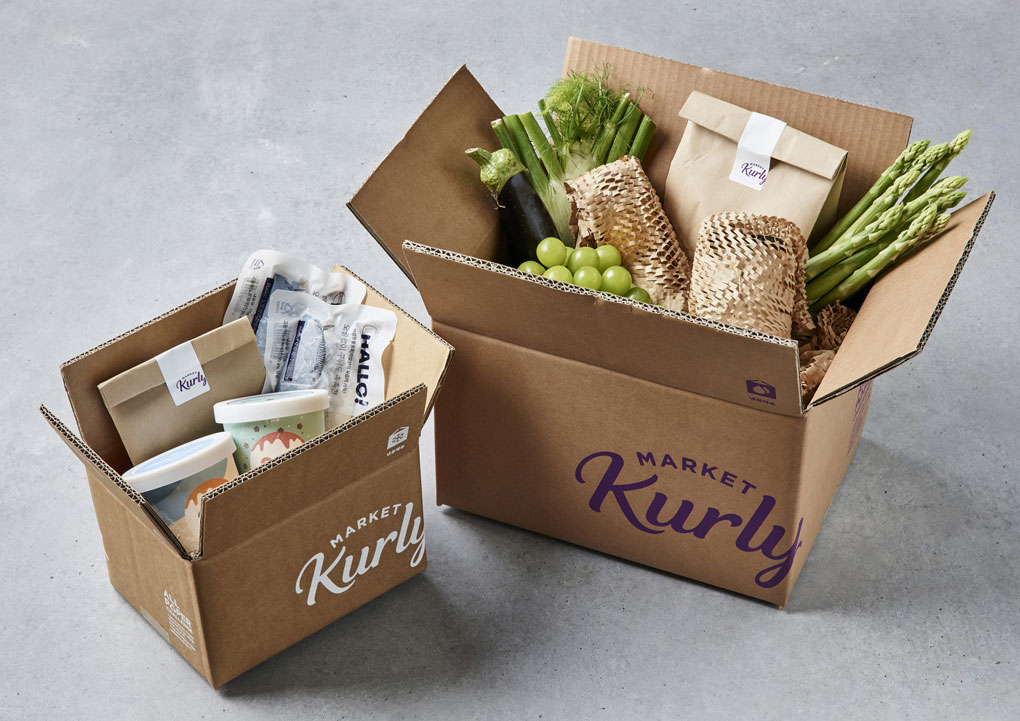
Logistics companies have recently begun efforts to minimize packaging and develop eco-friendly, recyclable packaging materials, as excessive packaging waste has become a social problem. © Market Kurly
Since the outbreak of the COVID-19 pandemic, people in many countries have hoarded food and other supplies. But such chaos is absent in Korea, not simply because of Koreans’ sense of civic pride, but also because of a stable logistics and delivery system. Shelves are not stripped bare by panicked consumers and sophisticated home delivery service means there are no long lines to wait in to just enter a store.
Home delivery is obviously preferable not only for its convenience but also because it complies with guidelines for limiting physical contact during a pandemic. Delivery workers may leave an order at the management or custodial office of a residential building or simply place it by the customer’s door, ring the doorbell and leave. No face-to-face interaction with a sales or delivery person is required.
In many ways, flash delivery service is another reflection of Korea’s famous propensity for focus on speed. Koreans became accustomed to doing things fast and wanting quick answers to questions while undergoing the rapid process of industrialization in the 1960s and 1970s. Even government offices are credited with completing projects quickly. This national trait has been illuminated once again in the way medical professionals, government officials and the general public responded to the outbreak of the COVID-19 pandemic.
There’s another factor that makes such delivery services possible: in Korea, groceries or other products left at the door hardly ever go missing. Not surprising in a country where café patrons in need of the restroom can leave their laptop computer and personal belongings on a table without worrying about them being stolen. In fact, merchants usually make a display of their goods outside their shop, confident in their belief that nobody will take them. Without such a social environment, the early morning delivery service could never have been established as a new lifestyle. Who would use such a service if they couldn’t sleep at night for worrying that somebody would steal the groceries to be delivered to their door before dawn?
The Flip Side
This logistics system is a 24/7 operation. Predawn delivery personnel naturally have to sleep during daylight hours, living an upside-down life for customer convenience. Their job is mentally stressful as well. Even daytime delivery staff cannot avoid feeling the crunch as customers who don’t want overnight deliveries can designate a narrow time window during the day for their purchases to arrive. That puts most delivery personnel in the grip of a breakneck competitive environment that pressures them to do their job precisely if they intend to outperform others.
Though the competition is cutthroat, delivery personnel are not adequately compensated. To stay competitive, delivery companies charge a very modest fee of 2,500 to 3,000 won (less than US$3) for small to medium-size orders and no fee at all for larger orders. Tipping is not expected in Korea, so these workers earn nothing more than their wages. Recently, there have been voices raised to take issue with the bullet speed demanded of delivery workers and call for reasonable compensation for them.
Another problem is excessive packaging. Food deliveries began with Styrofoam boxes, which can keep meat, fruit and vegetables cold and protect softer items from bruising. In little time, households had piles of non-biodegradable packaging materials on their hands.
When the early morning delivery service first came into our lives, the astonishing convenience of the service overshadowed the grim reality, and the problems caused by over-packaging were ignored. But the issue has now come into sharp focus. Some companies minimize packaging as much as possible and use recyclable materials. For example, they replace plastic ice packs with paper packs filled with frozen water, and plastic wrap tape with paper tape. Other companies collect used boxes or bags to reduce customers’ inconvenience. Retailers themselves are also responding, with small products no longer placed in oversized boxes packed with plastic bubble wrap. Different size boxes are now available and paper bubble wrap is used.